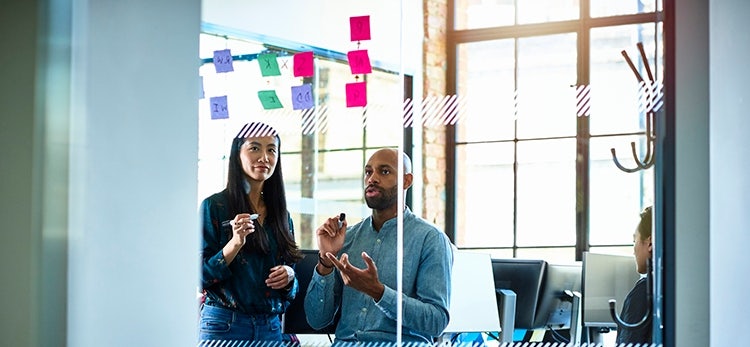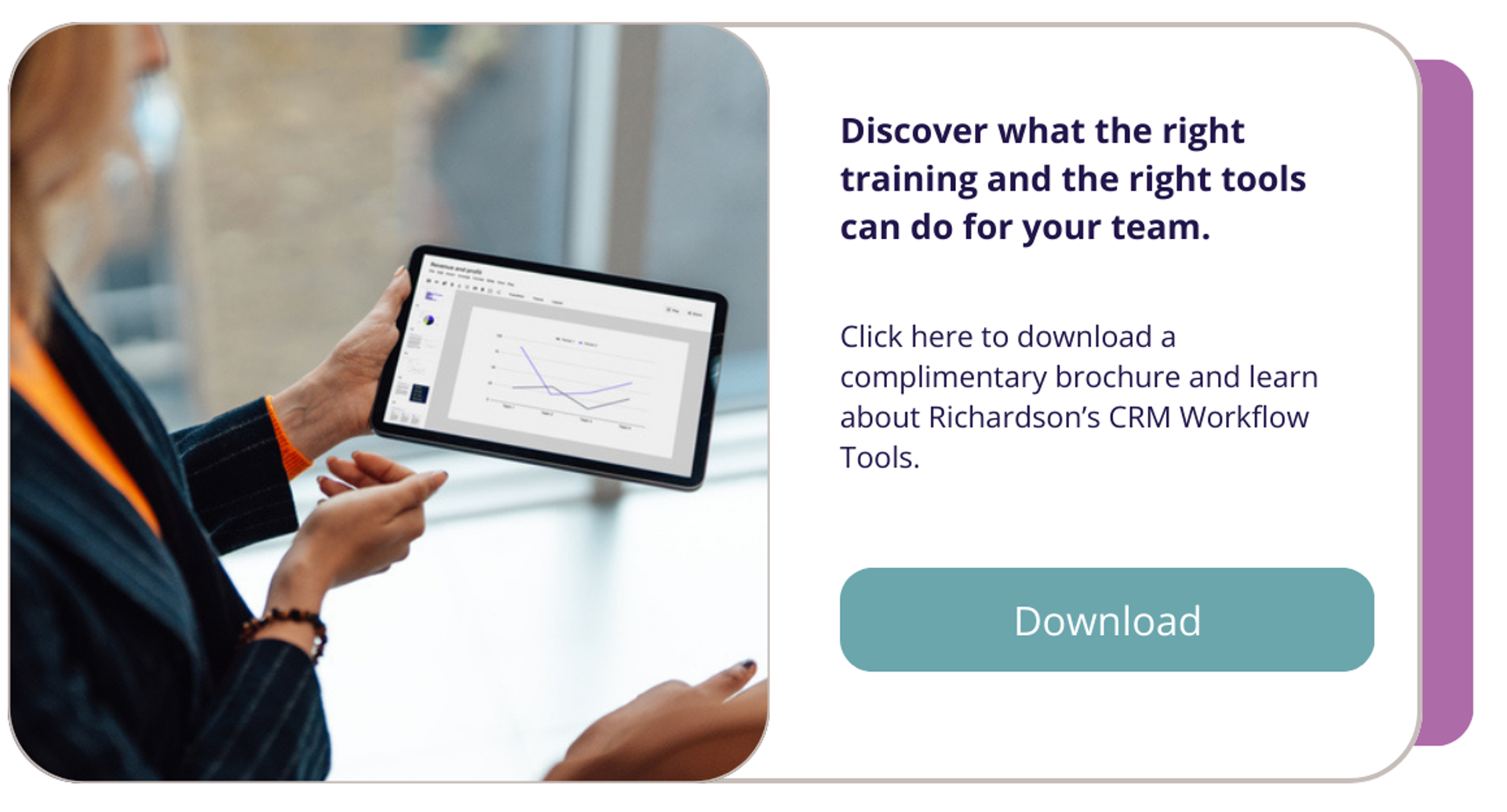Building a Sales Enablement Framework
Sales enablement

Effective Sales Enablement Starts with a Solid Framework
Sales enablement technologies promise significant improvements in seller productivity, customer engagement, closed business, and quota attainment rates. According to a recent study by Highspot, more than four-fifths of organizations agree that enablement technology helps to improve the efficiency of their revenue-generating teams. With more than two-thirds of B2B sellers complaining about the difficulty in finding the right content to send to prospects, and more than seventy percent reporting limits in their selling productivity due to repetitive data entry and administrative tasks, sales enablement sounds like a tonic that should deliver much-needed relief.
However, investing in sales enablement technology, by itself, is unlikely to meet the lofty expectations of sales leaders. Providing better tools for finding and using relevant information can certainly help sellers engage more effectively with customers, but they may also increase complexity and confusion in how sellers should spend their limited time.
To reduce this risk and maximize the benefits of investing in sales enablement technology, sales leaders should begin with a holistic framework in mind. Without setting a clear context for using sales enablement resources, sellers could be led astray in how and where they use their time, and never achieve the performance improvements they aspire to reach.
Building a Sales Enablement Framework
An integrated sales enablement framework extends beyond technology alone, and includes four components:
- Sales methodology, which defines how sellers interact with customers to position the value of potential solutions and guide them to a decision to buy
- Sales enablement software, which provides sellers with easy access to relevant training and information, and makes it easier to connect with buyers in ways they prefer
- A customer engagement platform, that helps sellers prospect, stimulate buyer interest and develop pipelines of qualified opportunities
- Revenue intelligence, which leverages advanced analytics and, increasingly, artificial intelligence and machine learning to identify effective sales practices, provide sellers with guidance and coaching and gives managers the insights they need to generate desired results
Sales Methodology
While enablement technology provides sellers with effective ways to accomplish the tasks they need to complete, sales methodology shows sellers when and how to perform those tasks to provide an optimum buying experience for the customer. The methodology enables sellers to understand customer pain, get access to power, co-create a buying vision, articulate value, and drive consensus – all requirements for selling success.
Sales methodology can best be defined as how salespeople show up in front of customers – the mindset of a sales organization. Sales leaders can amplify the impact of investments in enabling technology by first understanding the behaviors and skills of the sales team and identifying those that correlate most to creating revenue.
The sales methodology ensures people follow best practices, which makes the sales process work. Without it, sellers won’t understand how to use sales enablement to engage with customers in ways that create value.
RELATED: What is a Sales Methodology?
Sales Enablement Software
Over the past few years, sales enablement solution providers have expanded their applications to include support for many functions: access to training resources, content management, presentations, customer interaction, coaching, conversational intelligence, and performance management. The consolidation of sales enhancement capabilities into integrated applications reduces technology chaos, making it easier for sellers to use and produce results.
Some sales enablement technology providers also include artificial intelligence (AI) to analyze sales conversations, written interactions, and behaviors correlated with higher performance. Generative AI can reduce sellers’ administrative time by identifying the most effective content to share with prospects, creating recommended communications, and automating data entry tasks.

Customer Engagement Platform
Customer engagement platforms play a vital role in a sales enablement framework. Beyond managing prospecting cadences, customer engagement also includes features for long-term nurturing of targeted prospects and digital sales rooms for secure storing and forwarding of information with specific customers.
The number of personas involved in buying decisions has expanded generally. Research by G2 shows that over half of buyers now engage in procurement, finance, and administration at the earliest stages of purchase evaluations, in addition to operational management and end users. As a result of the broader array of people involved in purchase decisions, a scalable means of managing outreach to multiple stakeholders in a buying organization is now essential for seller success.
RELATED: Sales Engagement vs. Sales Enablement: Finding the Winning Formula
Revenue Intelligence
For a highly effective sales enablement framework, analytics and AI applications must be included for the selling workflows they are intended to serve. The impact of purpose-built AI can be a powerful multiplier for sales enablement success.
AI can help sellers to understand the right practices for specific customer situations. AI can ingest signals from enablement applications and serve up the next best action for the seller, based on buyer decisions and timelines. This ensures that sellers are spending their time on deals that need to take priority.
Much of the application of AI today is “deal centric” – looking at data and trying to inform the seller about their next best action to improve the probability of winning. However, AI should also be “seller centric” – how to understand the behaviors that a salesperson exhibits when they interact with a customer, and identifying those behaviors that drive successful outcomes in sales pursuits.
Bringing the Framework Together
Leaders who take the time to define a sales enablement framework for their organization are much more likely to attain lasting success. According to G2 research, 84 percent of sales reps achieve their quotas when their organization incorporates a best-in-class sales enablement strategy. This is a significant improvement over the average quota attainment rate of about half of all sellers, according to Forrester Research.
Sales enablement technology can be a powerful force multiplier, but it must be implemented within a broader context to realize its full potential. The four components of an enablement framework establish a clear strategy for why and how a sales team can use these capabilities to make a sustainable difference in performance.


Brief: Driving CRM and Sales Enablement Success
DownloadGet industry insights and stay up to date, subscribe to our newsletter.
Joining our community gives you access to weekly thought leadership to help guide your planning for a training initiative, inform your sales strategy, and most importantly, improve your team's performance.















